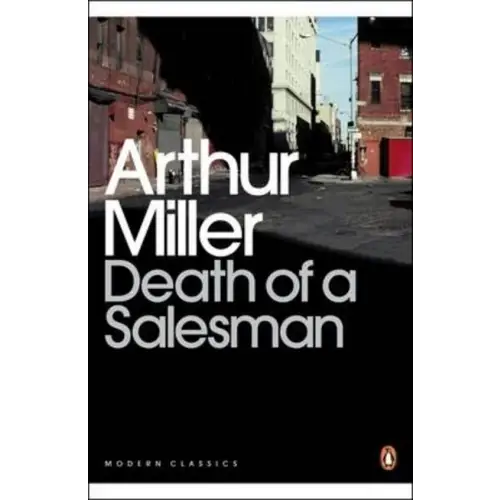In the spring of 1948, Arthur Miller retreated to a Connecticut cabin with the first two lines of a new play already in mind. Six weeks later, he released the final script for "Death of a Salesman"—a painful exploration of American life and consumerism. The play premiered on Broadway the following year and changed the course of modern theater. By creating Willy Loman, Miller's destructively insecure antihero, Miller defined his goal as "to show what happens when a man loses control of the forces of life."

